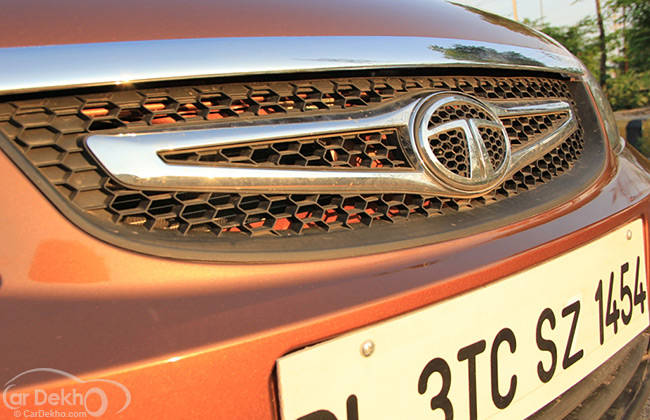Tata Motors considering VW-MQB type Advanced Modular Platform
Published On Aug 29, 2013 12:29 PM By Amit
- Write a comment
The leading auto manufacturer, Tata Motors is working on a Volkswagen-like modular architecture strategy to develop a new range of passenger cars. The company aims to target the German giant and the other global giants, which are using the common platforms to develop their vehicles. The Indian manufacturer has an ambition to expand its foot prints in the global markets, and this strategy will certainly help it embark its ambitious passenger vehicle overhaul and international market expansion from 2014.

Now, the Tata's new mini, small cars and SUVs will be developed on a modular monocoque architecture, inspired from the Volkswagen's MQB system. Moreover, the company is also planning to use the same ladder frame chassis to develop the next generations of its various heavy duty SUV models and the Xenon pick-up, slated for October launch in Australia.
The new monocoque architecture is an excellent step taken by the Tata Motors, which will surely help them construct vehicles with more attractive and modern designs and functionalities. Englishman, Dr Tim Leverton will lead the project of the development of the Advanced Modular Platform (AMP). Leverton will be responsible for the company's new platform and new design language.
Not just Volkswagen that adopted modular architecture, but others as well like Mercedes uses MFA/MRA, Renault-Nissan alliance constructs CMF, Toyota's new global architecture and many more. According to media reports, the Tata's Advanced Modular platform could also be underpinned onto updated versions of the current lineup and upcoming all-new cars.
Speaking to Motoring.com.au, Dr. Tim Levertion - research and design head of Tata Motors said, "We have the opportunity to leapfrog the process that they [VW] have been through. Volkswagen is probably the most sophisticated in developing that type of architecture. They have done it now through five or six generations of product. We have the chance now to go directly to a very interesting solution and that’s basically what we’re aiming to do. The key difference between what has been platform strategy in the last generations of product and what is a future architecture or modular architecture, is you have the ability to change width as well as length. The key that gives you is the opportunity to cross segments in terms of how you satisfy the final product solution".
Source : Motoring.com.au















